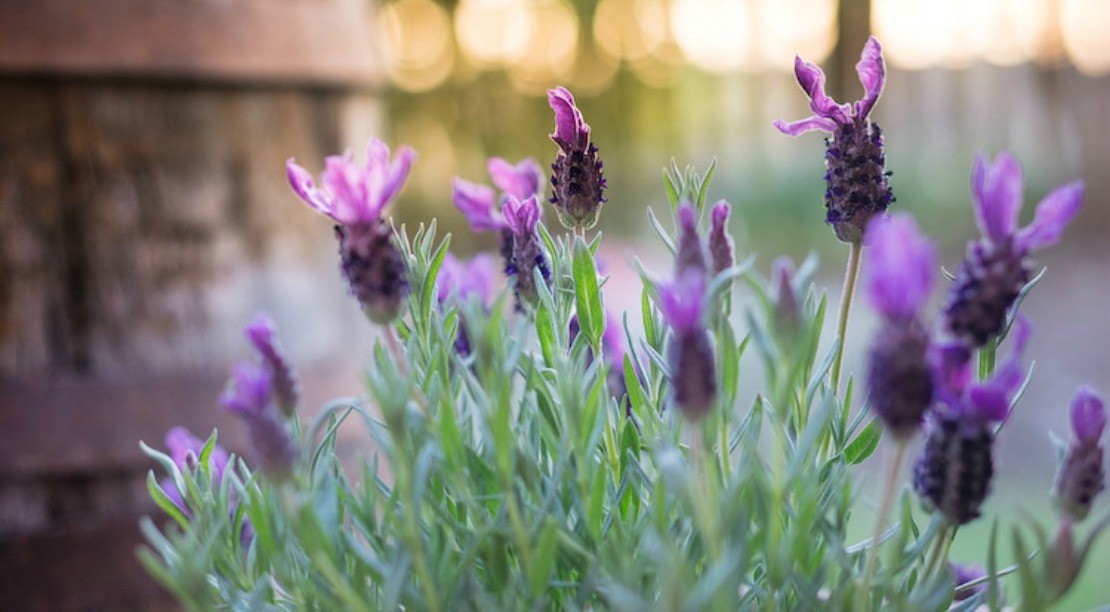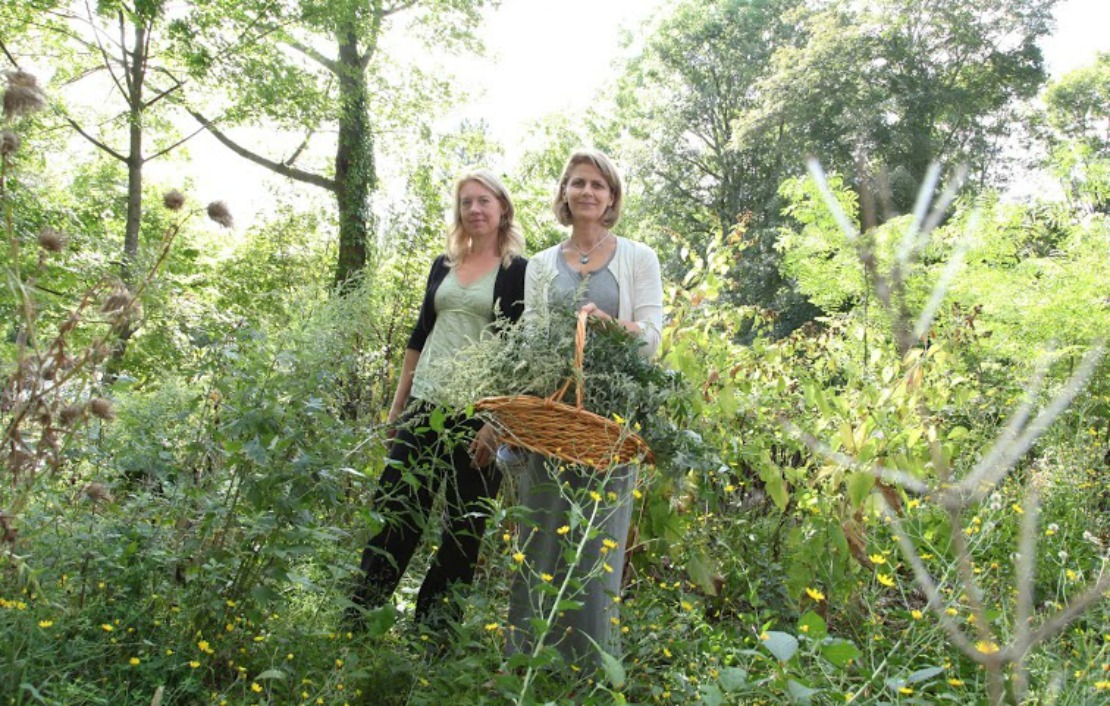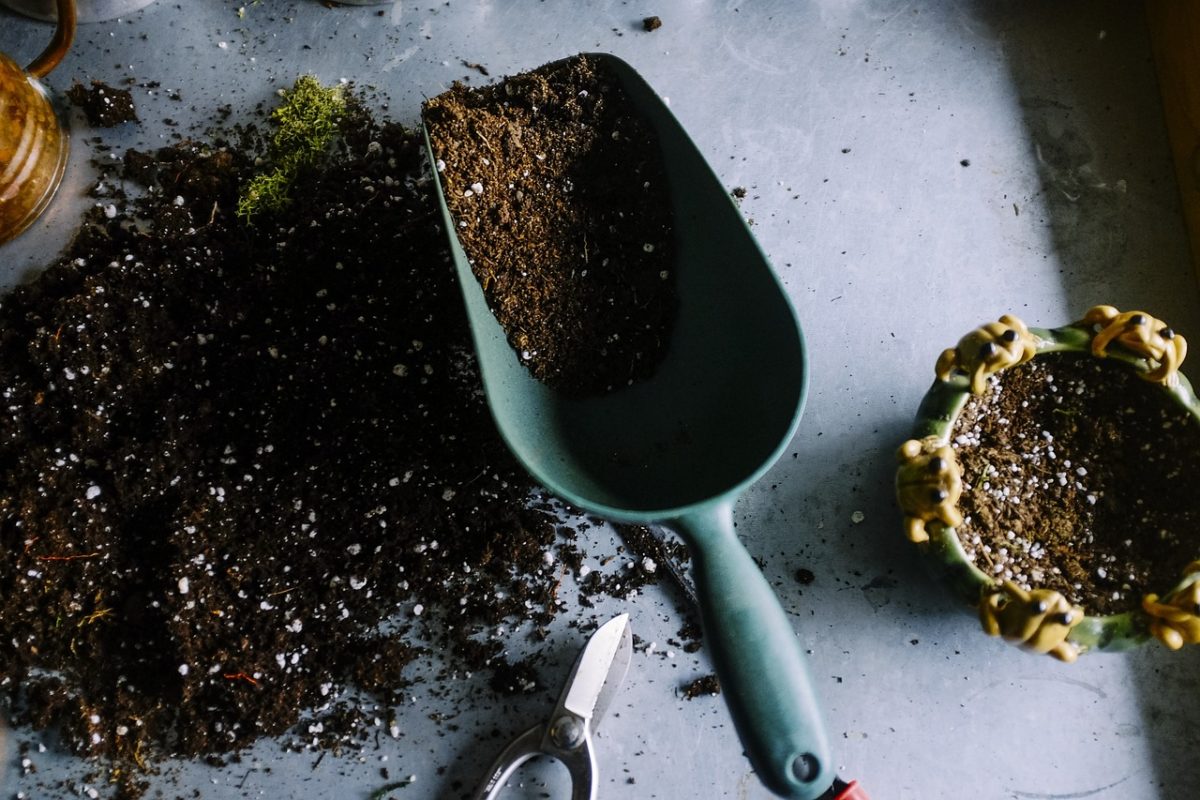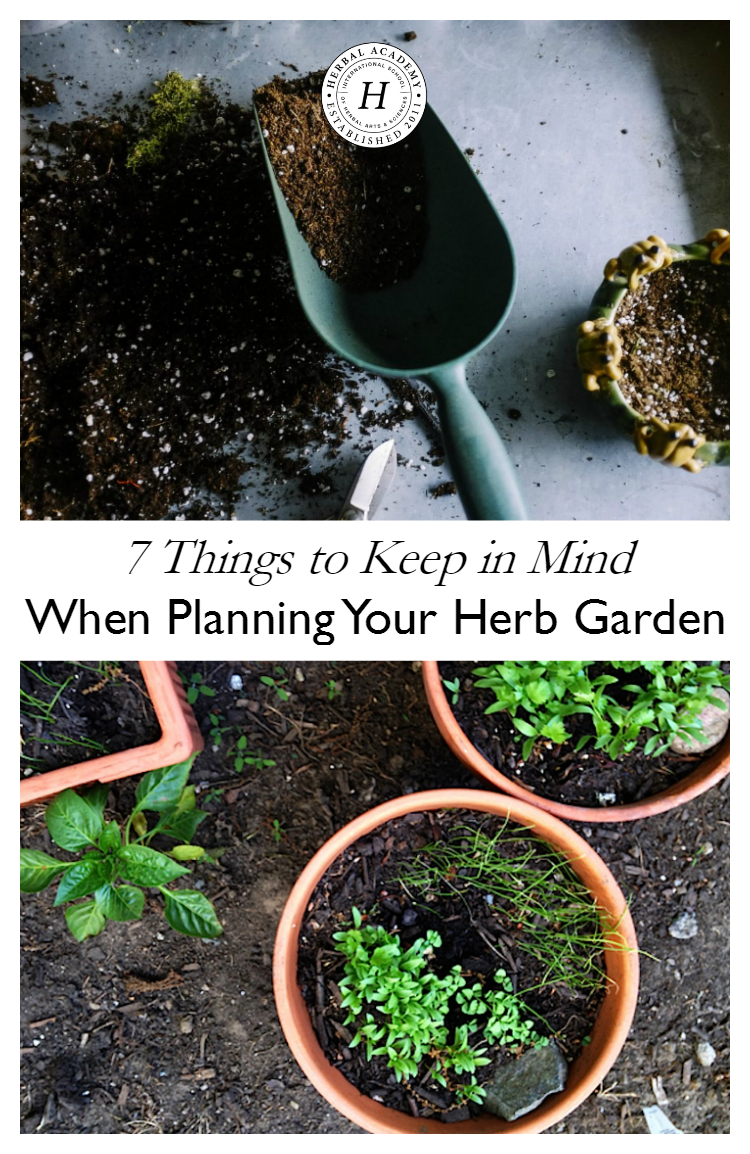
7 Things to Keep in Mind When Planning Your Herb Garden
Growing an herb garden is a wonderful way to have fresh herbs on hand for cooking, making home remedies, and enjoying nature for its bounty. If you have a large or small yard, or no yard at all, herbs are easy to grow indoors and outdoors with the right amount soil, sunshine, drainage, and attention.
There’s nothing like the fresh smells of lemon balm and sage on your hands as you dig and clip in your herb garden. When planning your herb garden, keep these seven things in mind.

7 Things to Keep in Mind When Planning Your Herb Garden
1. Purpose
What is the purpose of your herb garden? If using herbs to cook or make infused waters, you may want to pinch leaves off herbs right in the kitchen by a sunny window. If concocting herbal remedies, outline what recipes and ingredients you’ll be needing, including types of herbs. Do you want to let your herbs grow wild and let the bees and butterflies enjoy them? Taking some time to figure out the purpose of your herb garden and designing your herb garden can be very helpful!
2. Location
You may have many or limited location options, which will also be influenced by the purpose of your herb garden. Indoor and outdoor spaces are both viable locations for herb gardens.
Most herbs do well in temperatures below ninety degrees. While rosemary prefers full sun, other herbs are pickier and need a combination of sun and shade to stay cool on hot days. Survey your property and look for areas with mixed sun and shade for greater freedom in choosing your herbs.
For cooks, it may be preferable to plant an herb garden in containers indoors by a west or south facing window that receives six hours of full or partial sunlight. In small living spaces with no yard, a patio or bright window makes an efficient location for an herb garden.
3. Herb Types
What types of herbs do you want to grow in your garden? You don’t have to plan out many different varieties, but having a starting point in mind will help you plan your herb garden more easily. Choose herb types you will be able to maintain, depending on your schedule. There are also a variety of herbs you can grow from seeds.
Do you want to start a mint garden or grow many of the common spices in your cabinet for cooking? Mints love sunlight but are also among the best plants to grow indoors, especially if planting basil, peppermint, or lemon balm. Keep in mind that mint’s roots are “runners” and are potentially invasive. Guard their growth well, and your mint will be tasty in pasta, steak, and mojitos.
For amateur herbalists, your medicinal herb types will be more varied, depending on what you’re making. Calendula, for example, is a beautiful orange-yellow flower in the Asteraceae family that is wonderful in salves for soothing burns, cuts, and dermatitis. Mints, nettles, Echinacea, and valerian are all good choices, but be sure you handle nettles with gloves!

4. Soil and Fertilizer
Some herbs thrive in sandy or rocky soil, and other herbs prefer wet rich mountain soil. Your soil should have a good acidic-alkaline balance, and 6.5 pH is preferable for most home gardens. Not only can you grow herbs in your garden, but you can even use them to help fertilize your garden!
Increase the health of your soil by using a natural fertilizer, avoiding man made chemical fertilizers that affect the health of your plants, pets, and loved ones. If you’re wary of consuming man made chemicals absorbed in your herbs, a healthier fertilizer is made by composting at home or using natural ingredients, such as egg shells, and grass clippings.
5. Seedlings or Established Plants
Will you be starting your herbs from seeds or picking up established plants at a local nursery? It depends on time and preference. Transplanting herbs to your garden requires tender care, regardless, as some plants may be shocked by an extreme change in environment.
Ease your herbs outdoors from indoors at the right time, and transplant with care. Some herbs don’t transplant well, no matter what you do, such as anise, fennel, cilantro/coriander, and dill. It’s helpful to slowly introduce a plant to larger amounts of sunlight if it’s used to partial shade.
6. Plots
Plot your garden plots! Will you have raised beds, containers, or old-fashioned roots in the dirt?
Your plot site will need to get six hours of sunlight (partial or direct) and be well-drained. It’ll also depend on whether you have a yard or not. Container gardens or raised beds are versatile types of garden plots to keep potentially invasive herbs in check and control the soil and other environmental factors. Place shade loving herbs together, and plant other herbs together according to their growing preferences and needs.
7. Pests
What will you do about pests? Deer, cats, and bugs all love delicious, herbaceous plants.
However, some worms, ants, and bees are considered beneficial insects that help enrich the soil and health of the plant, protecting, or pollinating it. Research the beneficial and harmful insects likely to affect your herbs.
Container gardens and raised beds provide some protection, with environmental controls in your favor. Essential oil mixes safely deter pests naturally, and some pests hate particular herbs and avoid them. Build barriers with these plants.
You can plant an herbal garden anywhere, indoors or outdoors. Take into consideration what area receives adequate sunlight and drainage. Containers or raised beds offer some control over environmental factors and protection from pests.
Whether you’re starting your herbs from seeds or from the nursery, be gentle with transplanting them. Keep a regular cutting, watering, and fertilizing routine to maintain plant health, and enjoy your lovely herb garden.
For more information on growing herbs, check out the following Herbal Academy articles:
- https://theherbalacademy.com/3-easy-herbs-to-grow-from-seed/
- https://theherbalacademy.com/6-ways-to-fertilize-your-garden-with-herbs/
- https://theherbalacademy.com/designing-an-herb-garden/









